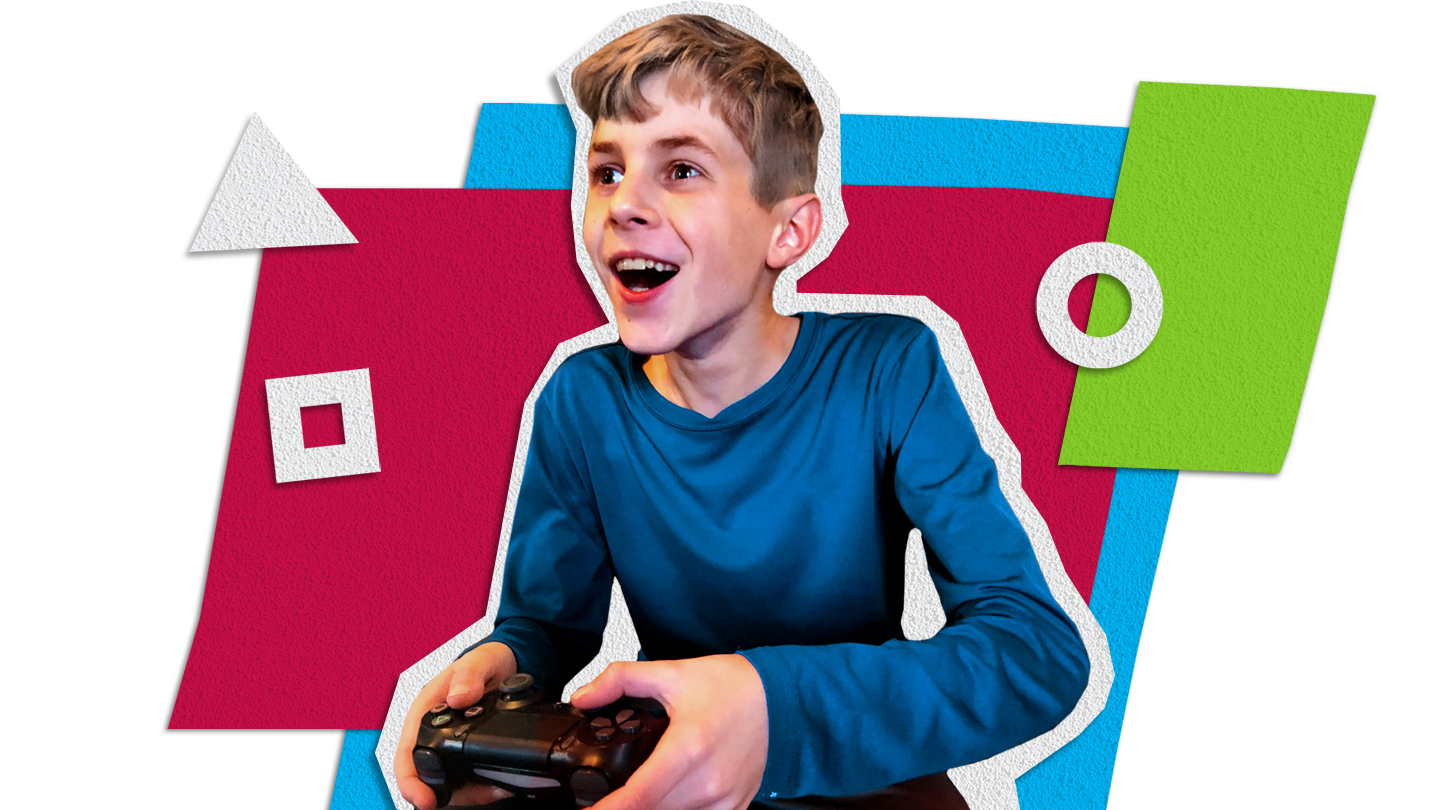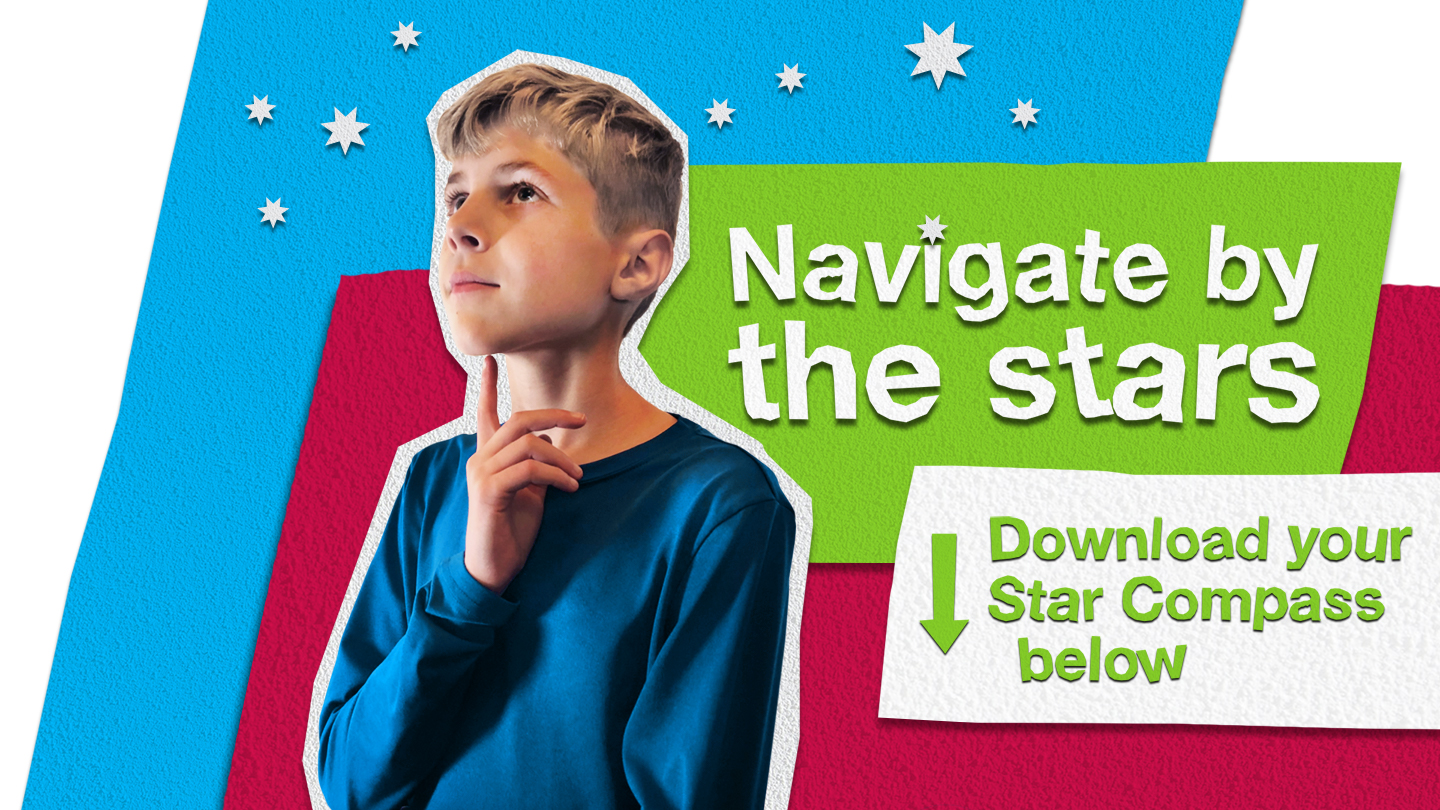Every Day Is Science Day

Why Should Kids Care About Science?
Have you ever thought – maybe even just for a minute – that science is “boring?” Perhaps before taking a science test at school you have quietly grumbled, “Why do I have to learn this stuff, anyway? It doesn’t have anything to do with MY life!” It’s OK to admit it. You are not alone! In fact, millions of people believe that science is something that only happens in a lab and has no connection to their own lives. And because they don’t understand what scientists might be doing in those labs, or why they are doing it, they also view science as either “unnecessary” or “scary.” It probably doesn’t help that researchers are often portrayed in movies or TV shows as “mad scientists” whose labs are more like “evil lairs.”
Twelve-year-old Kellen Hayes knows plenty of kids at school who believe these things (no comment on whether or not he used to be one of them). But recently, Kellen had the chance to interview two of Bayer’s top scientists about the work they do and why they do it. Dr. Bob Reiter leads Research and Development for Bayer’s Crop Science division, and Dr. Abbie Lennox leads Regulatory Affairs for Bayer’s Consumer Health division. Watch Kellen’s “Kid Talk” interview with Bob and Abbie to learn why both would argue that science is everywhere.
Now that Kellen has learned that science really is a part of everything he does, he starts paying much closer attention to his daily activities to see if he can explain the different types of science at work in each one. He falls asleep thinking about it that night, and it’s the first thing he thinks about when he wakes up the next morning. In fact, his very first thought of the day is, “I forgot to set my alarm last night, and the cat didn’t jump on my head…so what woke me up? Was that science??” The answer? Yes!
Kick it off with Science in the Morning

9.5 Hours
School-age children and teenagers on average need about 9.5 hours of sleep per night.
Just as your body has built-in mechanisms for helping you to relax and fall asleep, it also has a built-in biological alarm clock fueled by two hormones. Melatonin is the hormone known as the “sleep trigger.” It peaks in the bloodstream just before you go to sleep. Cortisol is a stress hormone released by the adrenal glands. It’s important for helping your body deal with stressful situations, as your brain triggers its release in response to many different kinds of stress. Cortisol is also the hormone that wakes you up. Cortisol levels are at their lowest level about 3-5 hours after you fall asleep. After that point, melatonin levels will decrease, and cortisol will rise. At a certain point, the hormone levels cross and the cortisol level is higher. This is the point at which you wake up. RING! RING! RING! It’s not a mystery, it’s biology waking you up – and that’s science!
Your need for sleep and your sleep patterns change as you age, but this varies significantly across individuals of the same age. There is no magic “number of sleep hours” that works for everybody of the same age.
Cooking is Science

After Kellen gets dressed and brushes his teeth, he practically floats downstairs to the kitchen with his nose leading the way. Is that fried eggs and pancakes that he smells? And…sniff, sniff…not just any pancakes, but chocolate chip pancakes??
Kellen’s dad recently found the best recipe for fluffy chocolate chip pancakes online, and it quickly became one of Kellen’s favorite breakfast dishes! After he eagerly piles a couple of the circular and airy cakes on a plate and tops them with maple syrup and raspberries, Kellen notices the printed pancake recipe sitting on the counter. He starts reading it as he takes his first delicious bite, and immediately notices a science lesson in the recipe! It says, “For the lightest, fluffiest pancakes, use buttermilk. When the acid from the buttermilk is mixed with the baking soda and baking powder, it causes a chemical reaction that forms air bubbles. The air bubbles in the batter will make your pancakes extra fluffy!” “Wow...I didn’t know that! Now I will wonder what chemical reactions are involved in making all my favorite dishes,” Kellen thinks to himself. “It’s just like Dr. Abbie Lennox explained – even cooking is science!”

Cycling Does Not Work Without Science

After he finishes his breakfast, Kellen can’t help but notice that it’s a beautiful day. Perfect weather for a bicycle ride! Kellen loves cycling because it’s fun to be able to go faster than he can on his feet, and he loves the feeling of the cool breeze rushing past his face! When he tells his mom he’s going for a ride, she says, “Great idea! I’ll join you!” Kellen’s mom loves to ride her bike too! She says that cycling is not only great exercise for your body, but is also good for your brain because exercise improves blood flow and memory, and it stimulates chemical changes in the brain that enhance your mood. “So…that’s science, right?” Kellen asks her. “Yes. That’s science!” she confirms. “Cycling or participating in any form of regular exercise helps us live a more well-balanced and healthier life.”
Did you know?
Sir Isaac Newton was inspired by that famous falling apple while he was on quarantine – just like many of us are today? From 1665-1666, an infectious disease called the bubonic plague swept through London, killing nearly a quarter of the population. Universities were shut down and students were sent home to practice social distancing.
As they take off, Kellen has a question about the other kind of balance involved with cycling. He notices that both of their bicycles are a little wobbly at first, but the faster they go, the steadier the bikes become. But if he tries to stand his still bike upright without using the kickstand, it falls right over. Why is that? He knows it’s not magic, so there must be science behind this too! Kellen’s mom doesn’t know the answer, so they do some research when they get home. They learn there are several different laws of physics involved with riding a bicycle. The ones that help explain how it is possible for a bike to stay balanced on two wheels while it is moving include the principles of angular momentum and centrifugal force. But the delicate bicycle balancing act also depends on your own ability to keep yourself balanced, even when not riding a bike. Think about how your body automatically reacts if someone pushes you while you are walking – do you fall to the ground or do you shift your center of gravity in order to stay on your feet? In order for your bicycle to stay upright while you are riding it, you have to make constant adjustments to balance your weight and keep the bike in line with the wheels. You have to be moving quickly because if the bike starts to lean over, you have to act fast to keep it in balance. If your bicycle is moving too slowly, you can’t turn quickly enough to get it lined up again and keep it from falling.
Physics is the natural science that studies matter (anything that has mass and takes up space), its motion and behavior through space and time, and the related entities of energy and force. Basically, the “laws” of physics help explain how the universe behaves.
A scientist named Sir Isaac Newton began formulating the Law of Universal Gravitation (gravity) more than 300 years ago, after he was inspired by seeing an apple fall from a tree. By defining the force that is gravity, Newton was later able to develop the three “Laws of Motion” that apply to almost everything in this universe, explaining the relationship between force and motion. Other scientists have continued to build on those discoveries over the years, adding to the extensive body of knowledge.
Of course, the universe would behave the same way whether people were able to explain it or not. But without those explanations, most modern innovations that were developed as a result of understanding the principles of physics would not exist, like airplanes or skyscrapers or even automobiles!
Soccer is Science

At 2 PM, it’s time for Kellen to start soccer practice (also known as “football” in other countries). He has played on soccer teams since he was five years old and has learned a lot about the rules of the game, along with the strategies and techniques that make you a better competitor. But he now realizes that his teams didn’t discuss Newton’s Laws of Motion when they were learning about the rules of soccer, even though he is sure they must apply here.
For example, Newton’s first law of motion states that an object at rest will stay at rest unless acted upon by another force. That means if a soccer ball is not moving, it will not start moving by itself. The first law also says that with no outside forces a moving object will not stop. This means if you kick a ball it will fly forever unless a force acts upon it! When you kick a ball here on earth (as opposed to outer space), forces start to act on it immediately – air resistance slows it down and gravity pulls the ball down to the ground. The ball could also be stopped in the air by the force of a goalkeeper knocking it away – or, if you’re lucky, by the back of the goal net.
Currently, Kellen is trying to master the banana kick, one of the most challenging shots in soccer! It is based on a physics principle called the “Magnus effect,” named after researcher Gustav Magnus who first explained the science behind this force in 1853. You want to find out how it works? Follow our step by step manual and act like a pro.

Science at Play

After a day filled with so much physical activity, Kellen sits on the couch around 5 PM to relax and play a fun video game: FIFA 20. At least, his parents assume he’s just relaxing! His mom may have even said in the past that she views playing video games as a “waste of time.” But is it really? After a few minutes of playing his game, Kellen pauses to think about what is really going on with his brain and body. His fingers are moving non-stop, his eyes are intently focused on trying to process everything happening on the screen, and his is brain is constantly working, analyzing his next best move and the one after that. The more he thinks about it, the more he realizes that video games are really not “relaxing” at all. His brain and body are highly engaged, which he thinks is probably beneficial somehow. He decides to do more research to see if there is science that will help his parents be more supportive of his gaming time!
Kellen soon discovers a jackpot of research that demonstrates a variety of video-gaming benefits: it can lead to improved hand-eye coordination and strategic thinking, and quicker reaction times. Not only that, but some video gamers are so advanced that they are considered to be true athletes! The very best compete on professional eSports teams, like the Bayer 04 eSports team (#B04eSPORTS) in Leverkusen, Germany.
Living a Dream: The newest member of the Bayer 04 eSports squad Anna Klink is not only the first woman in the eSports team. She is also the goalkeeper for the ‘real’ Bayer 04 Leverkusen women's football (soccer) team in the Bundesliga, which is a professional football league in Germany.

As he reads more about the science at play within the eSports team, he makes a list of impressive points to share with his parents:
- The eSport players manage up to 400 movements per minute on the controller, which is four times more than the average person!
- Different brain regions are being used at the same time.
- Playing FIFA 20 requires more hand-eye coordination than even table tennis (ping-pong).
- The cortisol (stress response hormone) level in eSport players is roughly the same as that of racing drivers. In addition, they typically have a very high pulse, sometimes 160-180 heartbeats per minute, which corresponds to a very, very fast run.
Kellen’s parents are indeed impressed with his research. But, never ones to accept information without double-checking its accuracy from multiple sources, they follow it with research of their own. Ultimately, they concede that the science does demonstrate benefits from video gaming and agree to stop calling it a waste of time. However, they also add some new rules about “required breaks” based on some additional insights:
- Gaming for long periods of time can lead to stress and fatigue. Taking breaks can help your body and mind recover, so you can come back fresh, with improved levels of engagement, focus, and motivation.
- Research also shows that breaks can improve creativity. Creativity is important because it allows you to see problems in new ways, improving your gameplay.
- Breaks have been shown to reduce decision fatigue, which wears down reasoning ability and willpower. This means you’ll be able to make better decisions in critical situations if you have a fuller tank of mental energy!
Basically there is nothing wrong with video games, and it can even help improve responsiveness. Aim to take breaks after every 50 to 90 minutes of gaming. Breaks should be at least five minutes long, but 15 to 20 minutes is ideal.
Science in the Stars

By 9 PM, Kellen is very tired. It has been a long day, but also a good one. He has gotten excellent physical exercise and expanded his mind with new knowledge. He climbs into bed and pulls back his curtains, so he can look out his window at the night sky full of stars. Once upon a time, Kellen believed you could “wish upon a star” and your wish would come true – but now he knows that is just a superstition. However, he also knows that outer space is exploding with science! Some of it has been explained, but there are still many answers about the universe waiting for future scientists to figure out!
As Kellen’s melatonin level rises and he starts to drift off to sleep, he thinks about how long humans have been studying the stars and how much they were able to accomplish with that knowledge, even before they had any telescopes or computers. His thoughts drift back to a family vacation to Hawaii, when he learned how early Polynesian seafarers used the sun and stars to navigate the vast expanses of the Pacific Ocean without any land in sight. These voyagers learned that stars, as opposed to planets, hold fixed celestial positions year-round, changing only their rising time with the seasons, and that they could track the stars to determine their location with a high degree of accuracy. Why don’t you try it yourself, and see if you can find Polaris and the cardinal points without any technical help?

When you think about what those ancient voyagers were able to accomplish, it’s pretty incredible – but it’s also just one more example of why it’s so beneficial for people to understand the science of how things work; new solutions can only be built on a foundation of knowledge. As the world currently faces huge challenges like climate change, new ideas and solutions are needed more than ever to protect our planet. In fact, chances are good that someone who is a kid today will develop the world’s next breakthrough innovation tomorrow – and there’s no reason why that someone couldn’t be you! So don’t let anyone convince you that science is boring or scary. Instead, you can kindly remind naysayers that science is all around us and powers everything we do. Stay curious like Kellen, and keep reaching for more knowledge so that you can someday reach for the stars!










